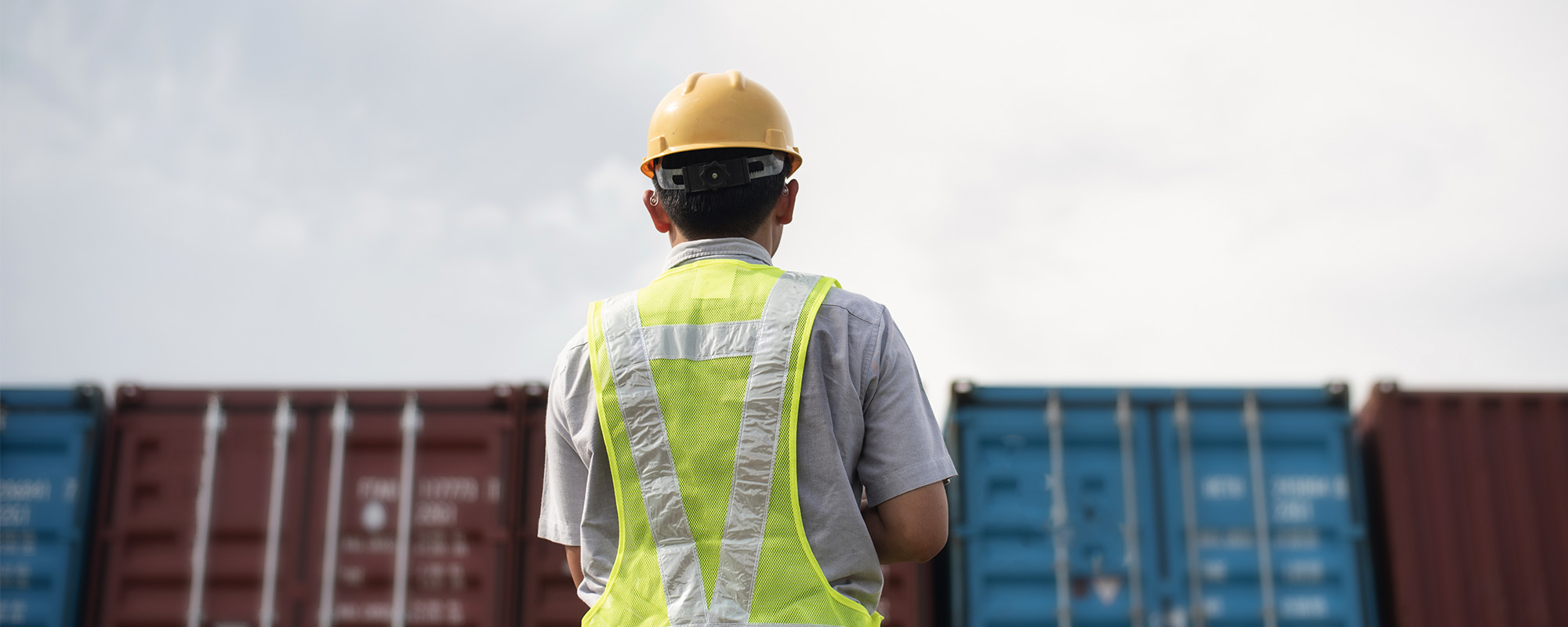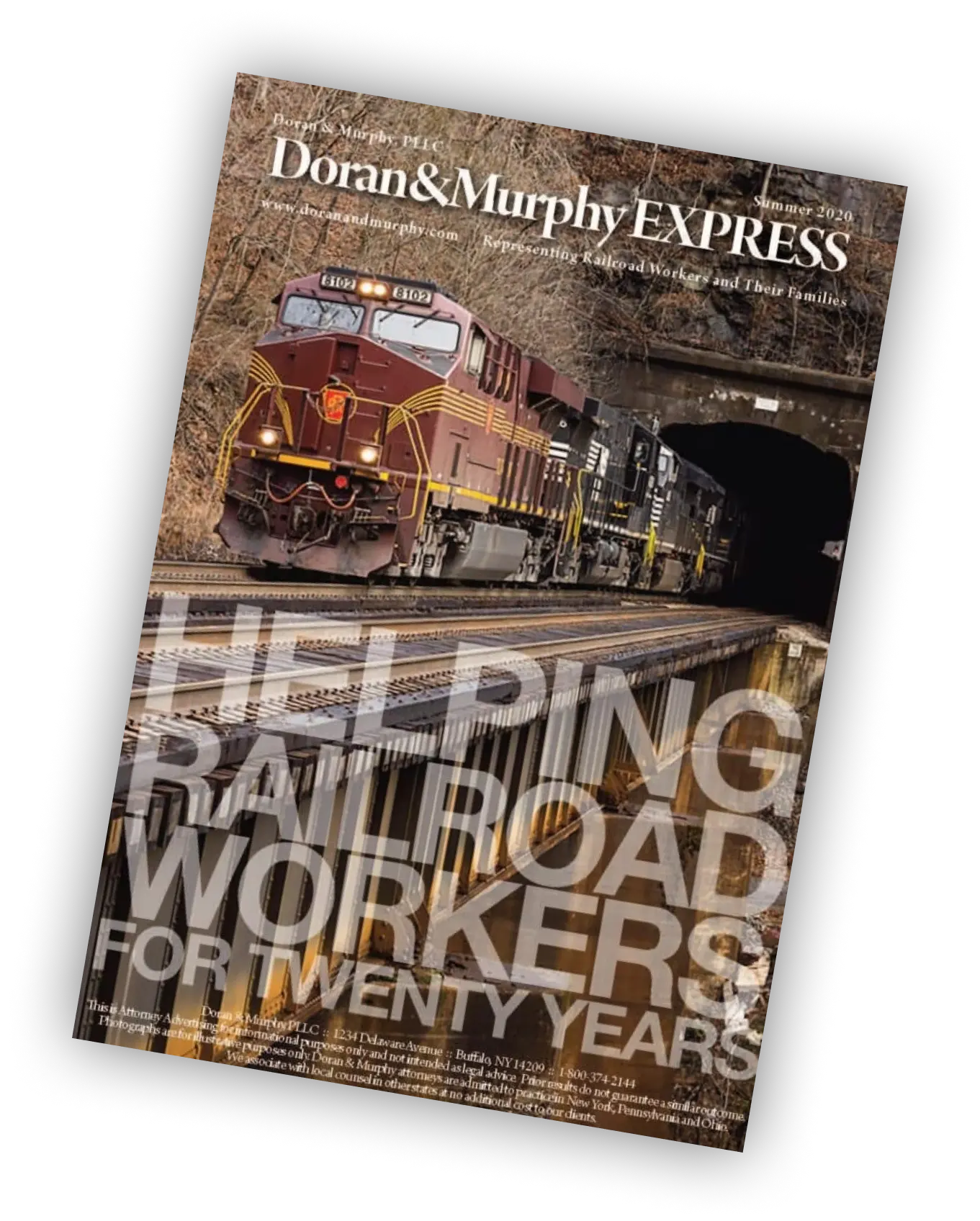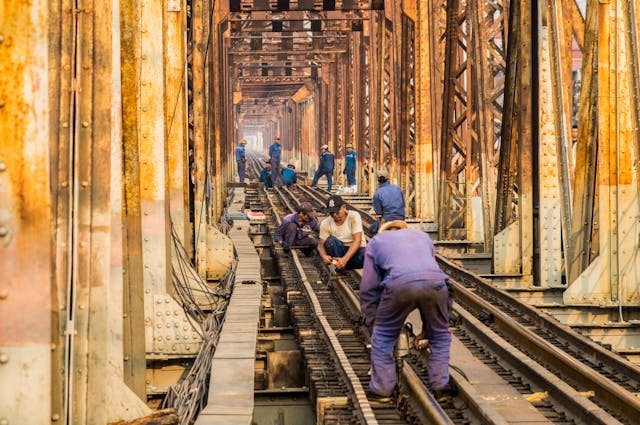
Railroad switching operations are inherently risky given there are moving locomotives, rail cars and ground crews working in close proximity to each other, oftentimes in poor lighting. There are many hazards present in switching operations but this blog focuses on one simple fact known to every railroad worker: close clearances are a significant cause of severe injury and death for railroad workers. When railroad workers are riding on the sides of rail cars and there is not enough space for them to safely hold on because right-of-way signs, structures or other rail cars are too close to the track won hich their train is, the outcome is disastrous. The large number of close clearance railroad worker fatalities recently caught the attention of the Switching Operations Fatality Analysis (SOFA) Working Group, which is comprised of representatives of the Federal Railway Administration (FRA), railroad labor unions and industry representatives. According to SOFA, “a close or no clearance is a permanent or temporary safety hazard involving insufficient or no space for an employee to take evasive action to avoid being struck if passing or being passed by an object, structure, or equipment.”
According to data published by SOFA, close clearance or no clearance switching incidents caused 25% of all switching deaths in the last 20 years in the railroad industry. In fact, close clearance injuries were the leading cause of death for railroad workers killed in switching-related injuries! SOFA looked at the circumstances of over 50 fatalities involving close clearances all over the country. The sad fact that over 50 railroad workers were killed in close clearance injuries is compounded by the countless other railroad workers who lost arms or legs and suffered serious injuries from being struck by close clearance objects or who were run over by trains after being struck by the close clearance objects or structures.
SOFA made 4 safety recommendations to reduce the risk of death and injury to railroad workers from close clearances and no clearances:
- Eliminate close/no clearances, re-engineer where feasible, and/or report as required.
- Improve signage to be instructional, such as “Stop and Dismount.”
- Mark all permanent close/no clearances with highly visible signs.
- Prepare employees to identify & avoid close/no clearances.
Close clearance deaths and injuries are preventable but only if railroads commit to getting rid of close clearance and no clearance situations which workers face every day in the nation’s rail yards. Railroads should also install better signage and provide safety education to train crews so they can protect themselves. A railroad’s failure to follow the SOFA recommendations can be used as evidence to prove that it failed to provide a safe place to work, which would make the railroad liable under the Federal Employers Liability Act (FELA) for any resulting lost wages, medical bills, emotional distress, and pain and suffering.
Importantly, many states also have close clearance statutes that can be used to help prove the railroad’s negligence and liability in causing injury or death. For instance, the Arizona Administrative Code provides that, “walkways shall be provided adjacent to tracks in all areas where railroad or industrial employees are required to perform trackside duties.” Violations of any state close clearance statute can impose special liability on the railroad that could work to prevent the railroad from arguing in court that the railroad worker was somehow at fault or contributed to the happening of the injury.
If you are a railroad worker or family member of a railroad worker who has been injured or killed due to close clearances, call the railroad injury attorneys at Doran and Murphy at 1-800-374-2144. Our FELA lawyers handle cases against all the railroads and short-line railroads throughout the US.





